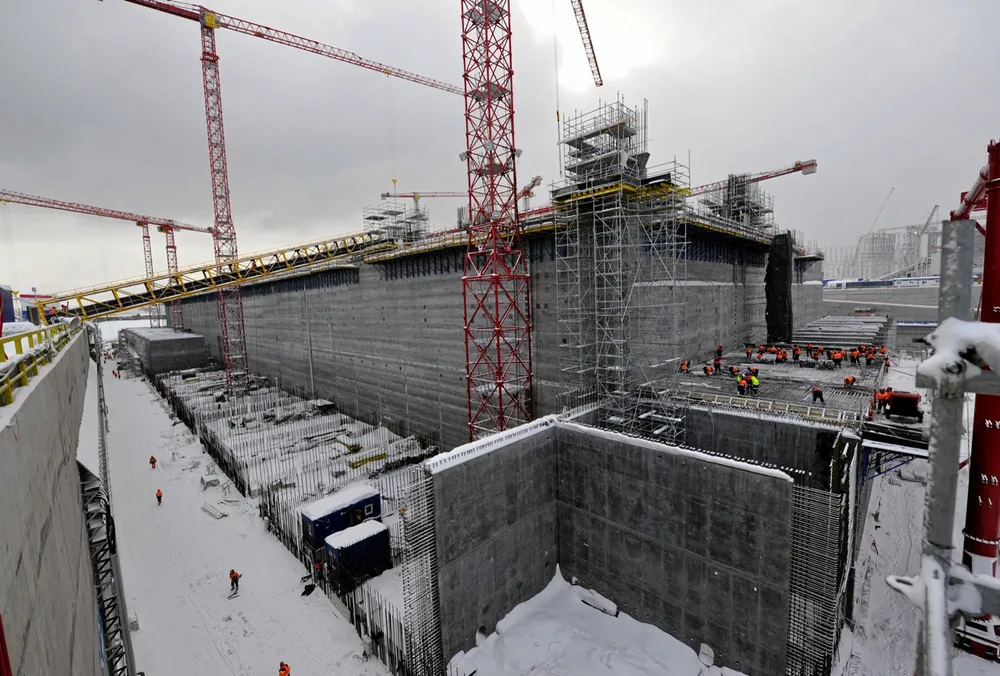Arctic LNG 2 secures project financing lifeline
Credit lines with Russian, Chinese and international lenders essential to ensure completion of large LNG export project in Russian Arctic despite energy transition headwinds and rising steel prices

Credit lines with Russian, Chinese and international lenders essential to ensure completion of large LNG export project in Russian Arctic despite energy transition headwinds and rising steel prices
